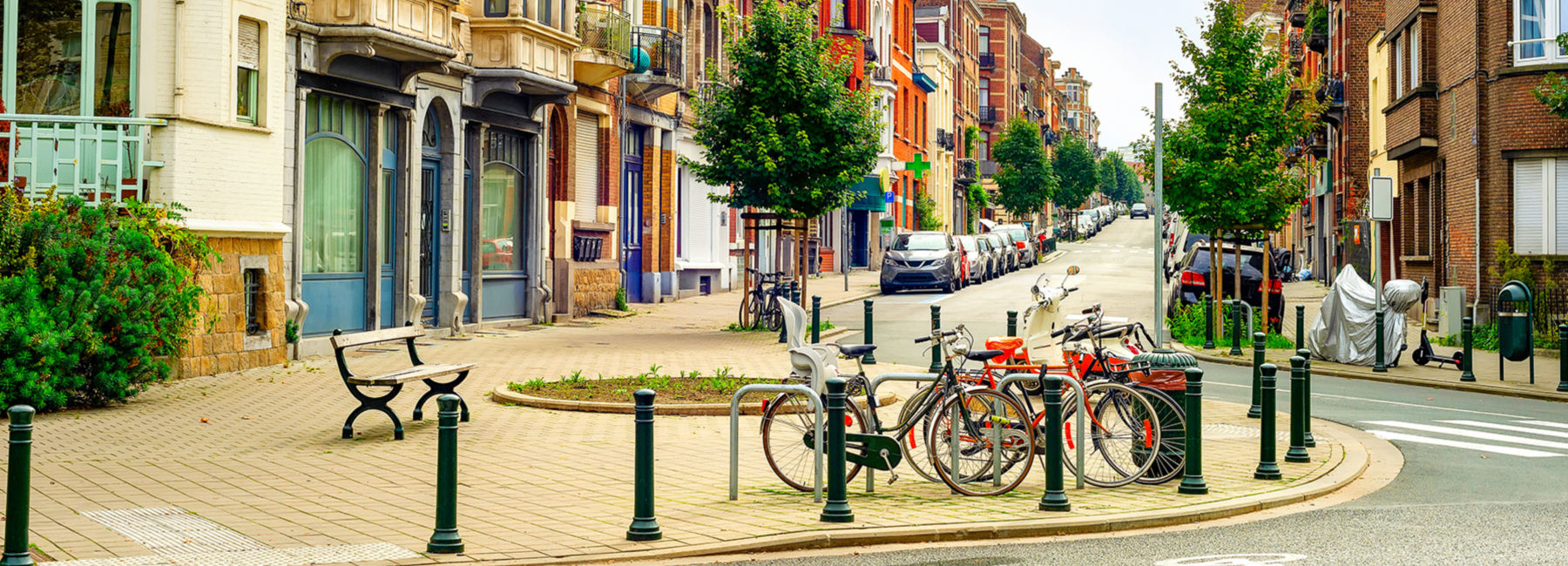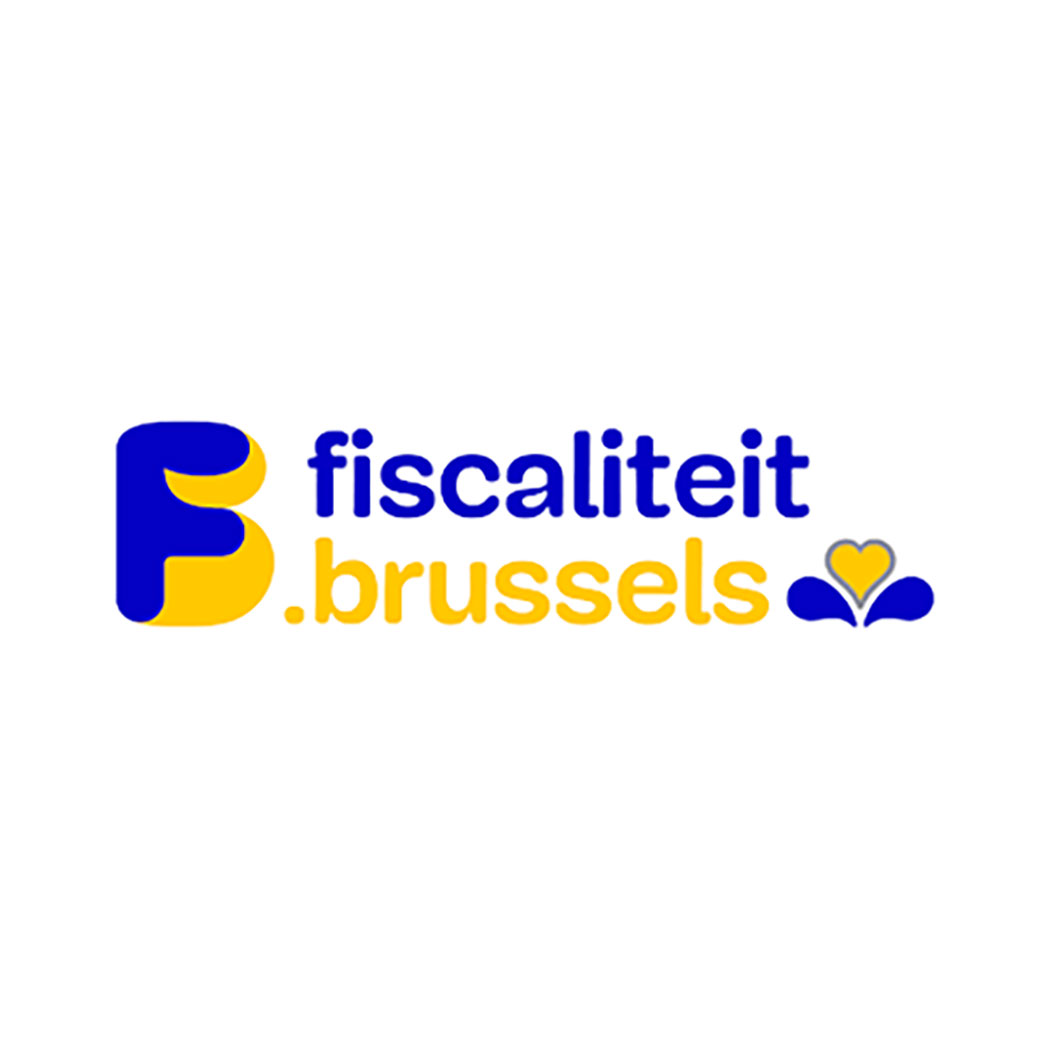The 1.2 million residents of Brussels and the 325,000 people who enter the city every day for work — not to mention the millions of tourists who visit each year — are breathing a little easier these days. That’s thanks to a technologically advanced data analytics program designed to improve air quality by prohibiting high-polluting vehicles from entering the city.
The scope of the Brussels Low Emission Zone (LEZ) program is impressive. More than 300,000 cars, vans and buses enter the Brussels-Capital Region every day. Two hundred strategically placed cameras equipped with automatic number plate recognition technology take 4 million license plate photos per day.
“That large stream of data comes to us every day,” says Dirk De Smedt, general director of Brussels Fiscality. “The data is then automatically compared in our database with data from the Vehicle Registration Service so that the technical characteristics of the vehicle are checked and compared against the rules of the LEZ.”
“Only when a person is fined is the personal data visible to the civil servant.”
Dirk De Smedt General Director of Brussels Fiscality
He adds, “For vehicles that are on the ‘blacklist’ and therefore cannot enter the LEZ, the identification of National Register data follows. This allows our tax officials to decide whether or not to impose a fine for the violation, after which the billing and accounting process starts automatically.”
De Smedt points out that European privacy rules are respected throughout the process: “Only when a person is fined is the personal data visible to the civil servant.”
How the LEZ works
DXC Technology data science experts created and continue to update the blacklist, which now stands at 430,000 vehicles but will grow every year as the clean air regulations become more stringent. DXC also manages the enforcement function, sending out fine notices to violators, collecting payments, sending reminders and handling debt recovery.
This work is a logical extension of DXC’s 7-year relationship with Brussels Taxation that started when DXC designed a new system that enabled the Brussels tax administration department to digitally restructure and automate all its fiscal processes.
That SAP-based automation system facilitates both data processing and invoice processing, and the system was expanded to support the LEZ project in just 6 months.
The LEZ was rolled out in phases, with warning letters going out in July 2018 informing drivers of the new rules. In October 2018, Brussels Taxation began sending out the first fines — a hefty 350 euros per violation.
Another set of warning letters went out shortly thereafter, notifying residents of the tighter rules that went into effect in January of 2019. So far, an estimated 6,500 fines have been levied on polluting vehicles, but the number of fines is declining over time, indicating that voluntary compliance is increasing.
“For vehicles that are on the ‘blacklist’ and therefore cannot enter the LEZ, the identification of National Register data follows. This allows our tax officials to decide whether or not to impose a fine for the violation.”
Dirk De Smedt General Director of Brussels Fiscality
It is expected that air quality will continue to improve as the rules become stricter each year. For example, as of 2019, diesel cars over 19 years old were prohibited, and in 2020 the rules expanded to prohibit diesel cars over 15 years old.
How DXC manages the complexity
The collaboration between Brussels Taxation, Brussels Environment, Brussels Mobility and DXC has a number of technological and policy-based dimensions.
The system had to be effective, accurate and fair. There had to be extensive public education to ensure awareness. And there had to be room for exceptions or derogations.
Value delivered
The first live test of the cameras and the back-end data processing systems occurred in January of 2018, and the rest of that year was spent doing an architectural study to determine where to put the cameras, building the database of 9.6 million vehicles and rolling out specific functions.
DXC also built a website where all vehicle owners, whether Belgian or foreign, can plug in their information and find out if their vehicle is allowed in the city. Even if an outside vehicle is allowed to enter, the driver must still visit the website and register the vehicle.
“That large stream of data comes to us every day. The data is then automatically compared in our database with data from the Vehicle Registration Service so that the technical characteristics of the vehicle are checked and compared against the rules of the LEZ.”
Dirk De Smedt General Director of Brussels Fiscality
Tailored to the vehicles
The rules follow a well-accepted European system that ranks vehicles on a scale of 1 to 6 based on the polluting level of the vehicle (which roughly correlates to its age), and whether it runs on diesel fuel or takes regular gas.
In Brussels, 57% of registered cars are diesel, 40% take regular gasoline and only about 2% are electric. In 2019, for example, the rules affected about 4% of the registered vehicles in Brussels.
There are several categories of exemptions: Vehicles more than 30 years old that are registered as “Oldtimers” are automatically exempt — the rationale being that these vehicles are not used for work, and by definition it is impossible to have a classic car that is not polluting.
There are also exemptions for handicapped people and for food trucks. In addition, people can buy day passes for 35 euros, up to eight per year.
Looking to the future
The success of the analytics and automation program is expected to lead to new initiatives within Brussels, such as expanding the use of the special cameras to restrict traffic in certain zones. Similar to the LEZ program, the access zone system includes the possibility of fines for violators, as well as exemptions for vehicles that need to be in the area.
That’s just the beginning, as Brussels continues to discover new applications for the LEZ infrastructure.

